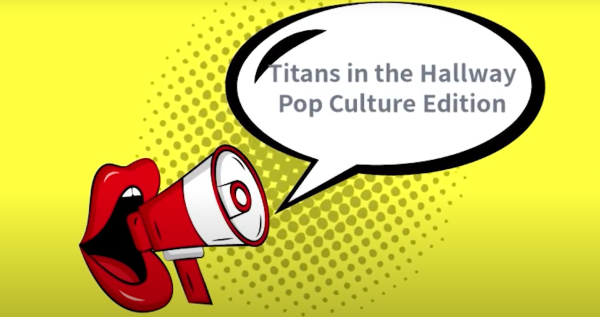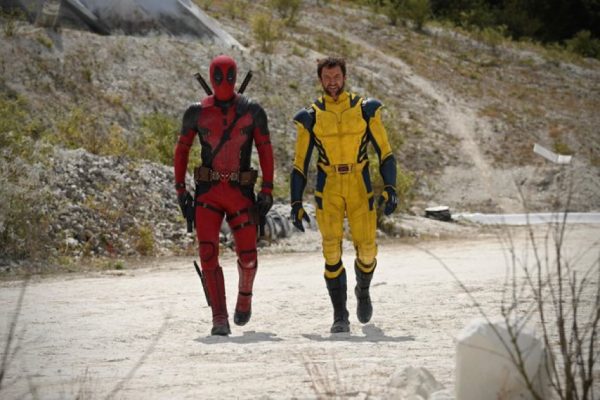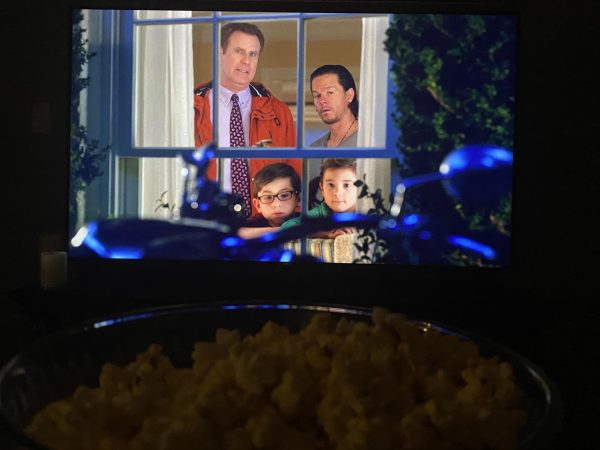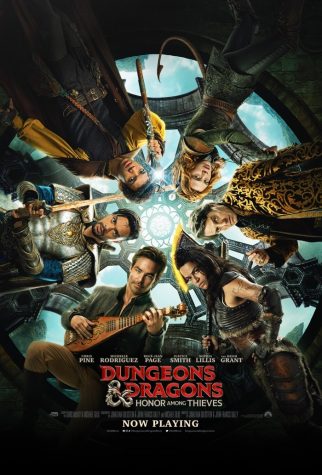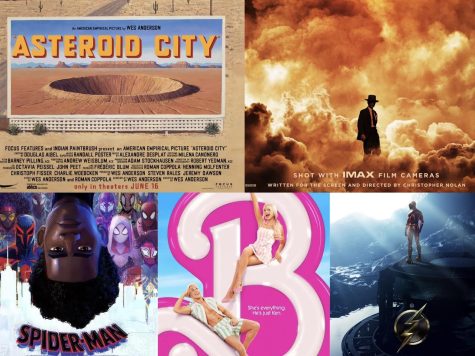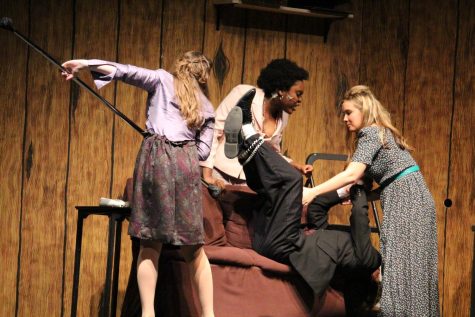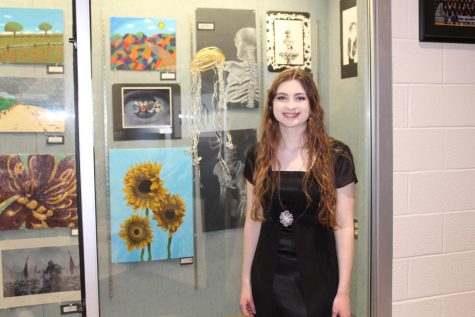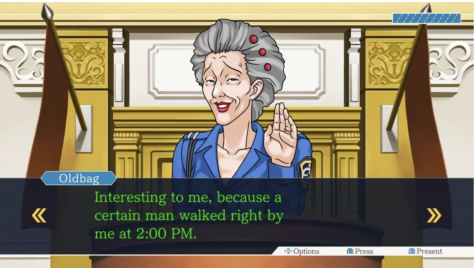Saving Mr. Banks: Worthy of a See
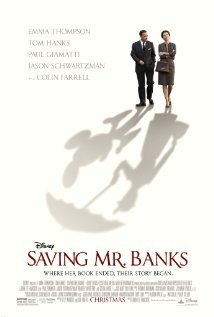
The newest film from the director of The Blind Side, John Lee Hancock, opens this Friday, December 20, and it’s actually quite good. I was pleasantly surprised, seeing as Hancock’s last few filmmaking endeavors have been absolutely terrible, but Saving Mr. Banks is easily one of the best films I’ve seen all year, infectious in its warmth and jovial spirit.
The film chronicles P.L. Travers’, the author of Mary Poppins, feelings about the adaptation of her book into a movie, and is also a reflection on her past, highlighting the parallels between her childhood and that of the children in her book.
Emma Thompson’s is by far the best performance in the movie, deservedly being nominated for a Golden Globe Thursday morning. She plays P.L. Travers, and is both hilarious and heartbreaking. It’s easily her best performance since the 1990s, when she won her Academy Award.
Equally good, is Tom Hanks as Walt Disney. Hanks doesn’t really look or sound much like Mr. Disney, but his presence fills the film with the same warmth and joy that radiated from the late, great man.
However, the flashbacks to Travers’ childhood, which appear sporadically throughout the film, are less successful. The young actor portraying Thompson’s character as a child is quite lifeless, and Colin Farrell’s “tortured” performance as Travers’ alcoholic father just makes you uncomfortable and you eventually get to the point where you want to yell “WE GET IT” at the screen.
Another one of the few annoying things about the movie is the feeling that the entire film is just a pat on the back from Disney to itself, with the studio spending two hours showing us how powerful and, more importantly, magical films can really be.
The best scene in the film by far is the climactic movie premiere of Mary Poppins, culminating in a carousel of images comprising Travers’ reaction to the film, the film itself and a certain, would you look at that, carousel from her childhood. It was beautifully shot, and, as much as I regret to admit it, the studio really did succeed in showing us how powerful movies can be, giving me goose bumps and bringing the elderly man sitting next to me to tears.
The film’s ending, though, is somewhat problematic, finishing exactly where we began. The filmmakers seem to be shooting for clever, but end up just making my head hurt, though the black and white photos chronicling the actual making of Mary Poppins and the film’s 1964 premiere that are shown alongside the end credits soon make up for that blunder.
Though not necessarily compelling due to the fact that it’s a Disney film and everything simply has to work out in the end, the film nevertheless holds you in its grasp, and it’s well worth the staggeringly overpriced movie ticket, so go and see it.
Grade: B



